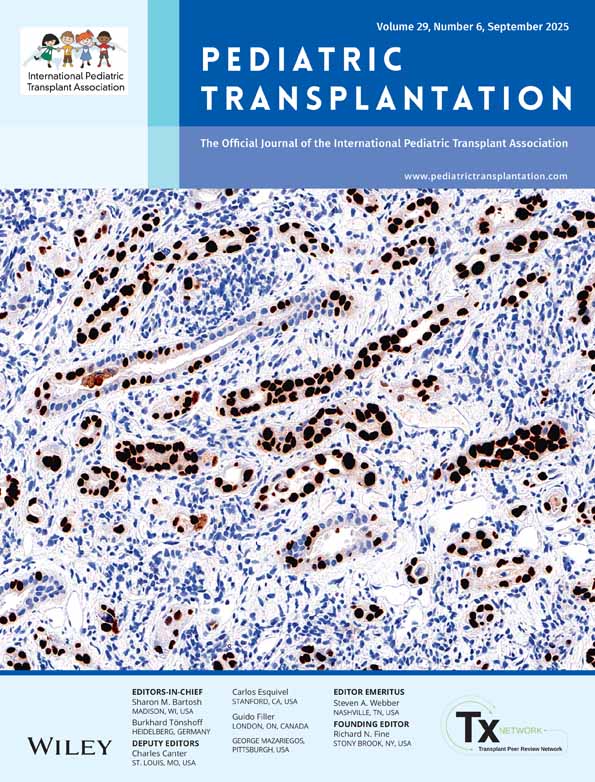Pediatric renal transplantation in Turkey:A review of 56 cases from a single center
Abstract
Abstract: In order to assess certain aspects of pediatric kidney transplantation (Tx) in Turkey, we retrospectively analyzed the results of 56 of these pediatric procedures performed at our center. From January 1986 to January 1998, 56 pediatric renal Tx (29 males, 27 females; 0–17 yr of age) were carried out at Başkent University Hospital. All were first-time Tx. Fifty-one (91%) patients were on hemodialysis and four (7.3%) were on peritoneal dialysis prior to Tx. Pre-emptive Tx was performed for only one patient. Living-related donors (LRD) provided 47 (84%) of the transplanted organs and cadaver sources were utilized for nine (16%) patients. The mean cold ischemia time (CIT) for cadaveric donors (CD) was 38.6 h (range 23–56 h). Among living-related graft (LRG) recipients, the average waiting time for Tx was 4 months for Tx performed after 1990 and 8 months for those prior to 1990 (p< 0.05). Median length of hospital stay for Tx was 17±1.1 and 18±1.4 days for LRG and cadaveric graft (CG) recipients, respectively. Fifteen of 47 (33%) LRG recipients and six of nine (67%) CG recipients received anti-rejection treatment within 30 days following the Tx surgery. Graft failure developed in 16 (12 LRG, four CG) recipients. Two patients developed Kaposi's sarcoma, 17 and 3 months after Tx. There were total of six deaths (four with functioning grafts). The 1-, 3-, and 5-yr graft survival rates were 93%, 75%, and 63%, respectively, and corresponding patient survival rates were 96%, 92%, and 77%. The social and educational status of 27 patients with functioning grafts were also evaluated. Our results showed that 56% of patients ended their education before high school and only three patients have been married. The high rate of school drop-out and unemployment among pediatric renal transplant recipients in our population underline the need for a more intensive rehabilitation program.




